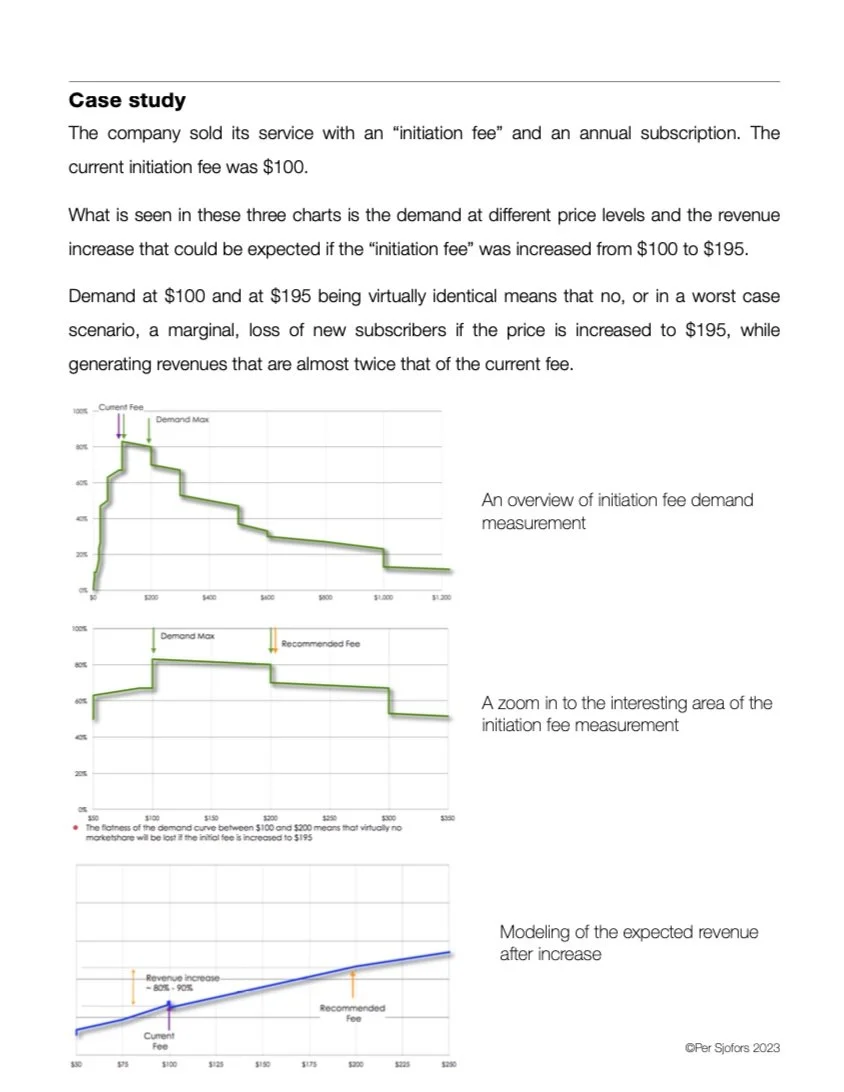Guide: 7 Easy Steps To Successfully Increase Prices
Many executives are uncertain about the results of a price increase. They ask themselves questions like these:
Will I lose my best customers?
Will I see an immediate drop in sales?
Will I tarnish my brand?
Will I see customers flee to the competition?
If any of the above happens, how will I personally be affected?
What will the board say and do if we fail?. But it does not have to be that way.
But with the proper process in place, increasing prices becomes a breeze, and it even offers the opportunity to tighten the relationship between a company and its customer. This guide will tell you the exact process of how to increase prices the right way.
The process
From a high-level point of view this is the process to make sure that your pice increase alway is successful and that worries about what might happen is mitigated. However, like in everything, the devil is in the details. These are the steps:
Decide which product or service price should increase;
Model the expected results in terms of sales volume and revenue changes from different prices, using price elasticity information and coefficient of determination data (from sales transition analysis, pricing research, or, ideally, from both);
Using hard data, decide for each of the product(s) or services how much the increase should be;
Define how you are going to defend and justify the increase for your new and repeat customers;
Develop and implement a communication plan - both for internal and external communication;
Train your customer-facing staff on how to defend and justify the price increase using data from pricing research;
Develop contingency plans for cases in which customers do not accept the price increase and want to rebel
Execute
To understand more in detail about how to successfully increase prices, the process and the details, please fill in the form below to download the free 25 page guide:
“Very good and insightful with excellent case studies and hard data samples at the end.” - Ray Baldock, VP Marketing (ret)



